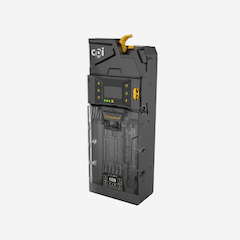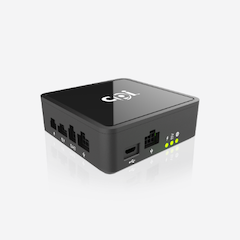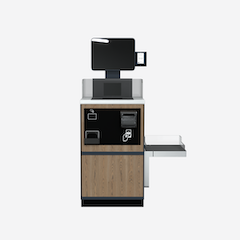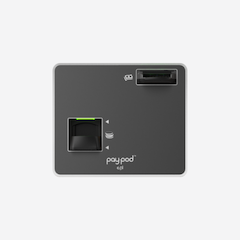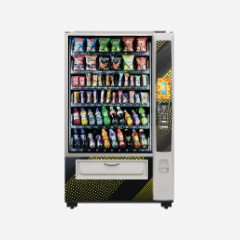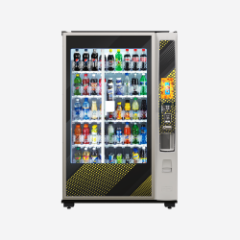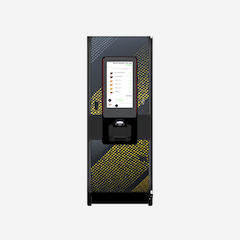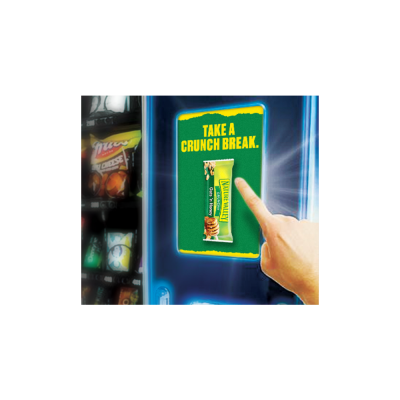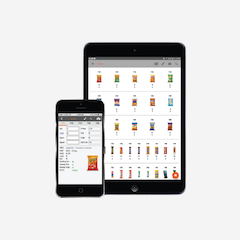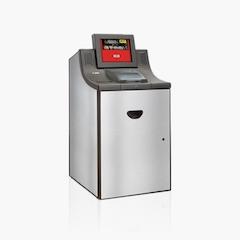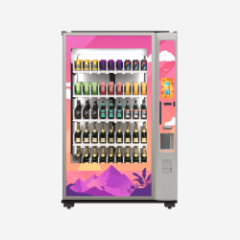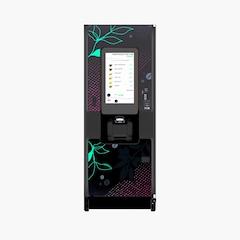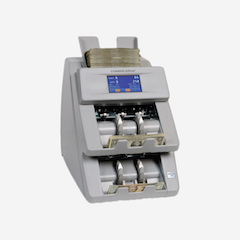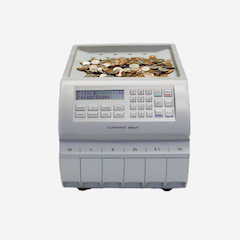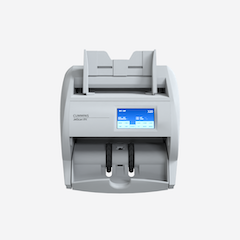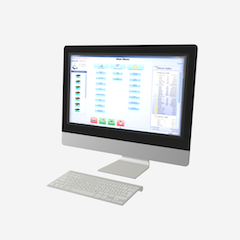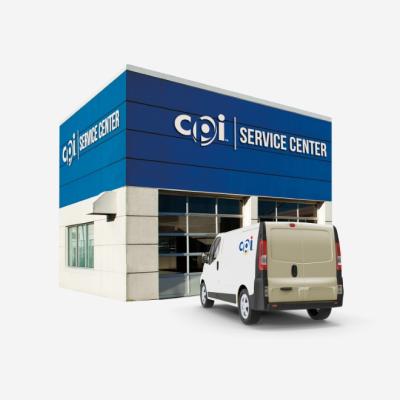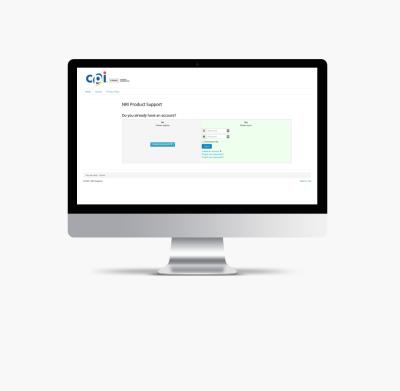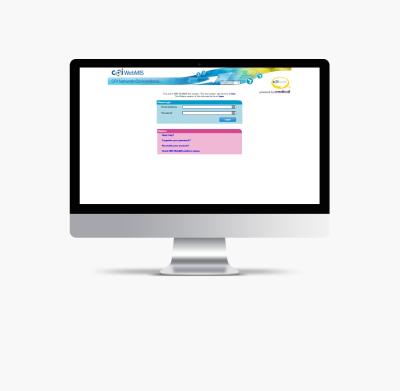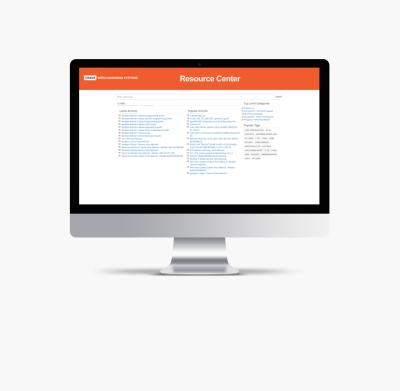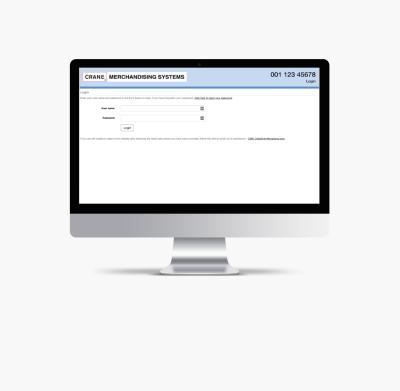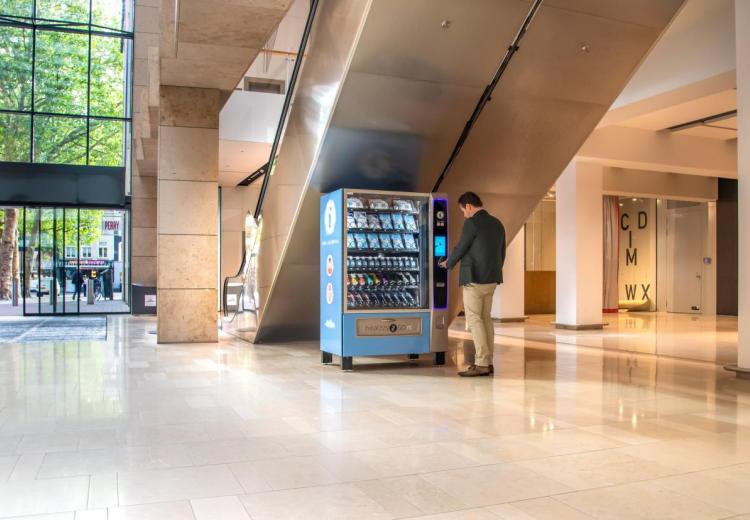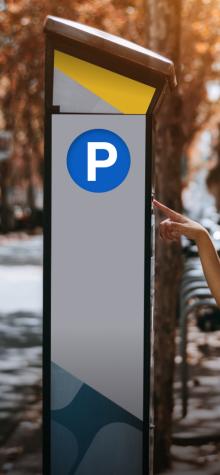Consumer Choice After COVID
The world will not look the same after COVID. In a few short months, we’ve gone from carefree to cautious, with the pandemic reshaping the way we live, learn and work. From how we shop for groceries to the way we go about getting our daily cup of coffee, we’ve all got accustomed to a different way of life—especially when it comes to retail.
While people will eventually return to normal environments with family, friends and coworkers, the new habits we’ve developed as consumers may never completely go away. This means that even after the pandemic, self-service technologies have the opportunity to flourish by offering less contact and more convenience for increasingly conscious customers.
So how can self-service meet the needs of a post-COVID world? And what can office coffee service (OCS) operators specifically learn from self-service retail trends as they continue to adapt their businesses?
The Value of Self-Service
Simply put, people are willing to pay a premium to avoid contact—and will continue to do so, even after the pandemic. According to McKinsey, “Post-crisis spending on in-restaurant dining is expected to be lower than pre-crisis levels, largely because consumers will still be wary of being in densely populated public spaces.” And “after the pandemic, consumers will likely spend more on food delivery, prepared foods and groceries than they did before the pandemic.”
Self-service retail models give people a way to access the goods and services they want, without contact—a choice that has become increasingly popular as of late. This is especially true in the food service industry, where restaurants and food retailers have turned to self-service to help customers minimize contact with cashiers, servers and each other.
For example, the following solutions have been widely adopted:
- No-touch menus that can be accessed via QR codes rather than handed out on paper
- Contactless payments like EMV cards and mobile wallets such as Apple Pay, Google Pay and Samsung Pay
- All-in-one mobile apps that allow customers to order, pay and pick up orders at curbside
- Electronic tablets that enable customers to order and pay from their table
In addition to increasing safety, these types of self-service technologies can decrease labor costs, and ultimately, increase customer satisfaction.
And it’s likely that even long after COVID is behind us, the demand for self-service will remain—or become even stronger. As consumers become more reliant on the convenience and safety it provides, they are likely to seek out more self-service options in the future.
The Demand for Digital Experiences
Even before the pandemic, the ease and convenience of digital offerings were shifting consumer expectations. But after months of isolation and contact reduction, consumers have become even more accustomed to the perks of the digital experience online: customization, rapid payment and delivery, saved preferences, and, of course, minimal or no contact. Those expectations are driving consumers to seek out digital-driven experiences that provide those same benefits in the physical space.
To meet this demand, operators and retailers will continue to look for ways to provide safer, more convenient experiences—and self-service digital kiosks offer exactly that. Just as online platforms like Amazon and Netflix save user preferences and offer immediate gratification, a self-serve digital kiosk gives consumers a faster, easier way to access the products and services they want. That ease of use and almost infinite flexibility—with the added bonus of a nearly contactless experience—is what consumers are looking for in an increasingly digital world.
With that in mind, we expect to see retailers adapting their experiences across the board in order to serve their customers digitally—whether they’re installing touchscreens for ordering, implementing mobile apps or adding new digital payment options like mobile wallets. Customers will continue to expect a seamless digital experience with minimal contact, and with technologies evolving rapidly, operators have more ways than ever to meet those expectations.
The Benefits for OCS Operators
The benefits of self-service retail for consumers are clear, but the trends driving this digital shift also bring considerable benefits for operators of all types. In the OCS space, adapting operations to include more self-service options can allow operators to not only increase the hygiene of their operations, but to improve the customer experience as well. By providing modern, digital-first experiences that give people more options for their coffee and less contact during the experience, operators can increase both customer retention and loyalty.
OCS is a microcosm of the larger digital trends we expect to see in the future: fast, seamless, intuitive digital experiences that give customers the choice of less contact, more customization, and more ways to pay. Modern free-standing self-service coffee machines with touchscreen interfaces give customers an easy way to browse beverages, customize their drink and even save their preferences. Optimizing the experience for your consumers is about more than increasing sales. It’s about meeting the needs of loyal users who expect a perfect, consistent experience in a digital-first world.
Takeaways for Operators
- As consumers demand faster, easier, more customized experiences with less contact, it’s never been more clear: the future of in-person retail is digital self-service. In a world where consumers have more online options than ever, it’s vital to provide an in-person option that offers the same benefits and level of service.
- Shifting spending patterns during the pandemic have shown that consumers will pay a premium for rapid, convenient, contactless services, and it’s likely they’ll continue to do so in the future. Now is the time to invest in providing that same experience to them in person, with modern machines and digital experiences that offer even more options while reducing touchpoints. Technologies like self-service kiosks can minimize contact with cashiers and other customers, as well as contact with shared surfaces or equipment.
- Self-service digital coffee machines do more than just offer a convenient and contactless experience. They also offer consumers more options for customization, allowing them to easily explore new drinks and modifications without any extra labor on the part of the operator. An expanded menu with an increased level of customization can lead to more revenue for operators—without lifting a finger.
With the increased demand for self-serve digital experiences, there has never been a greater opportunity for OCS operators. During a time when consumers expect convenience, efficiency and fewer interactions with others, self-service kiosks are one of the easiest ways to perk up business. By giving 21st century users the experiences they’ve come to expect, you’ll increase both loyalty and sales—and that’s a sure bet for brewing success.

